Five Fits With: Naoki Hamano of NYC Denim Destination Blue in Green

Welcome to Five Fits With, a series from writer and photographer Christopher Fenimore. From time to time, he'll check in with some of the style world's most interesting folks. He'll ask a few questions, and they'll respond with five of their favorite outfits—and the answers, of course. Get inspired. Get a fit off. Enjoy.
I haven’t known Naoki Hamano for a long time, but I photographed him outside of fashion shows and around SoHo even before we met; he's just that good at putting a look together. It makes sense: He’s also the buyer for the esteemed Blue in Green, a shop that carries an incredible range of denim-focused brands, and an eclectic-yet-streamlined roster of fashion-adjacent labels. Hamano grew up in the countryside just outside of Tokyo, and he’d travel in to the city on weekends, honing his love for fashion at renowned stores like Beams, Nepenthes, and United Arrows, along with the limitless host of retail doors Tokyo has to offer. After college, he moved to Tokyo, where he would duck out on break from his café shifts to check out stores in Harajuku and Shibuya. He says that while the staff at these shops were generally rude, each shop’s strong sense of individuality and style made for worthy visits.
At this time, “underground Tokyo street brands” were beginning to make a stir outside of Japan. Hamano claims he’s learned most of what he knows about fashion from Takahiro Miyashita, who launched Number (N)ine, and now designs the brand he most recently founded, TAKAHIROMIYASHITATheSoloist. “It wasn’t about a brand name,” Hamano says. “It was about having your own style based on your background, your experiences, what you’ve seen. Miyashita-san taught me fashion has no rules. Try anything if you think it’s cool.” He remains friendly with Miyashita, and still learns from his words and style.
I spoke to Hamano about his journey from Japan to Blue In Green, what makes the shop and its brands special, and how to purchase and take care of the perfect pair of denim.
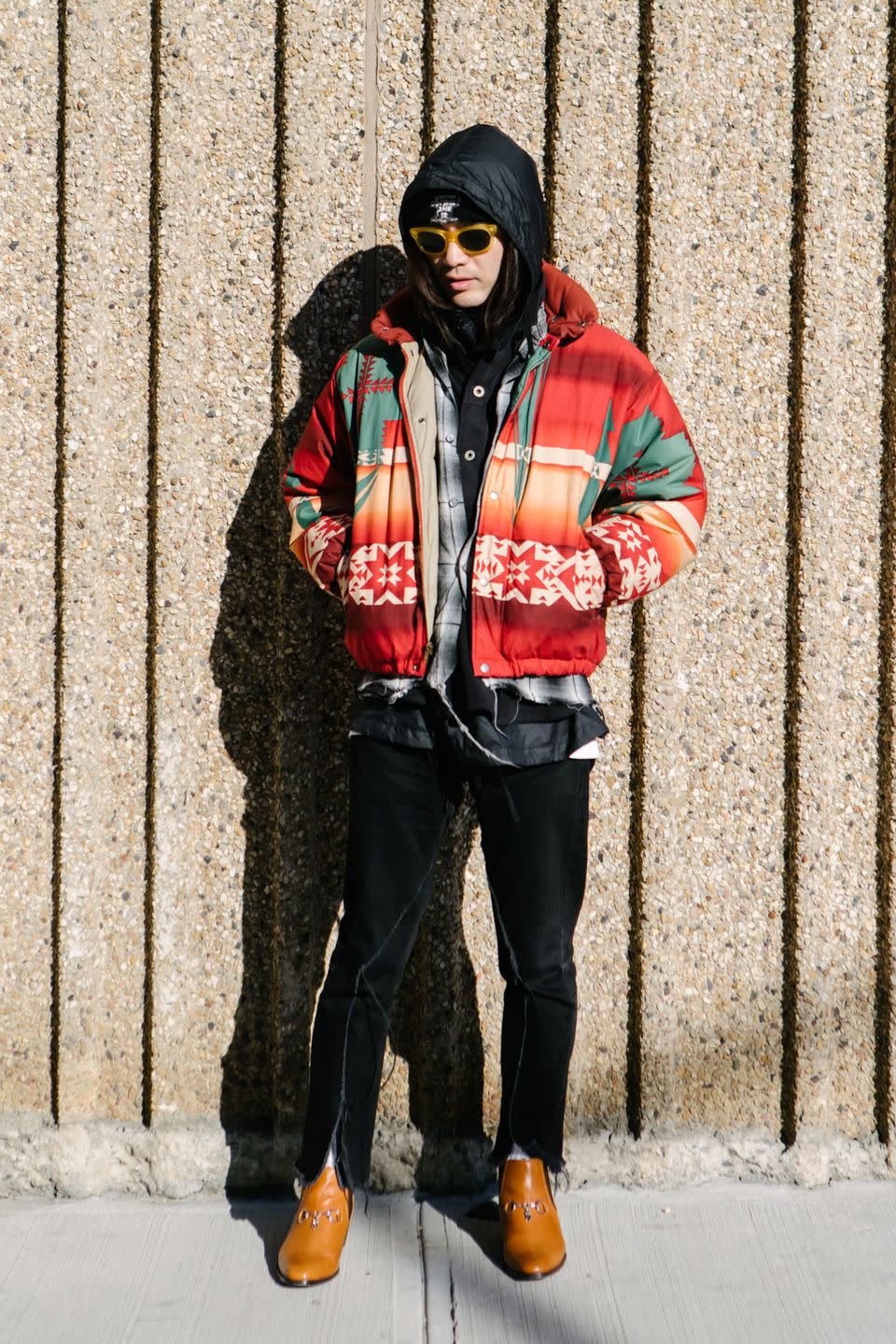
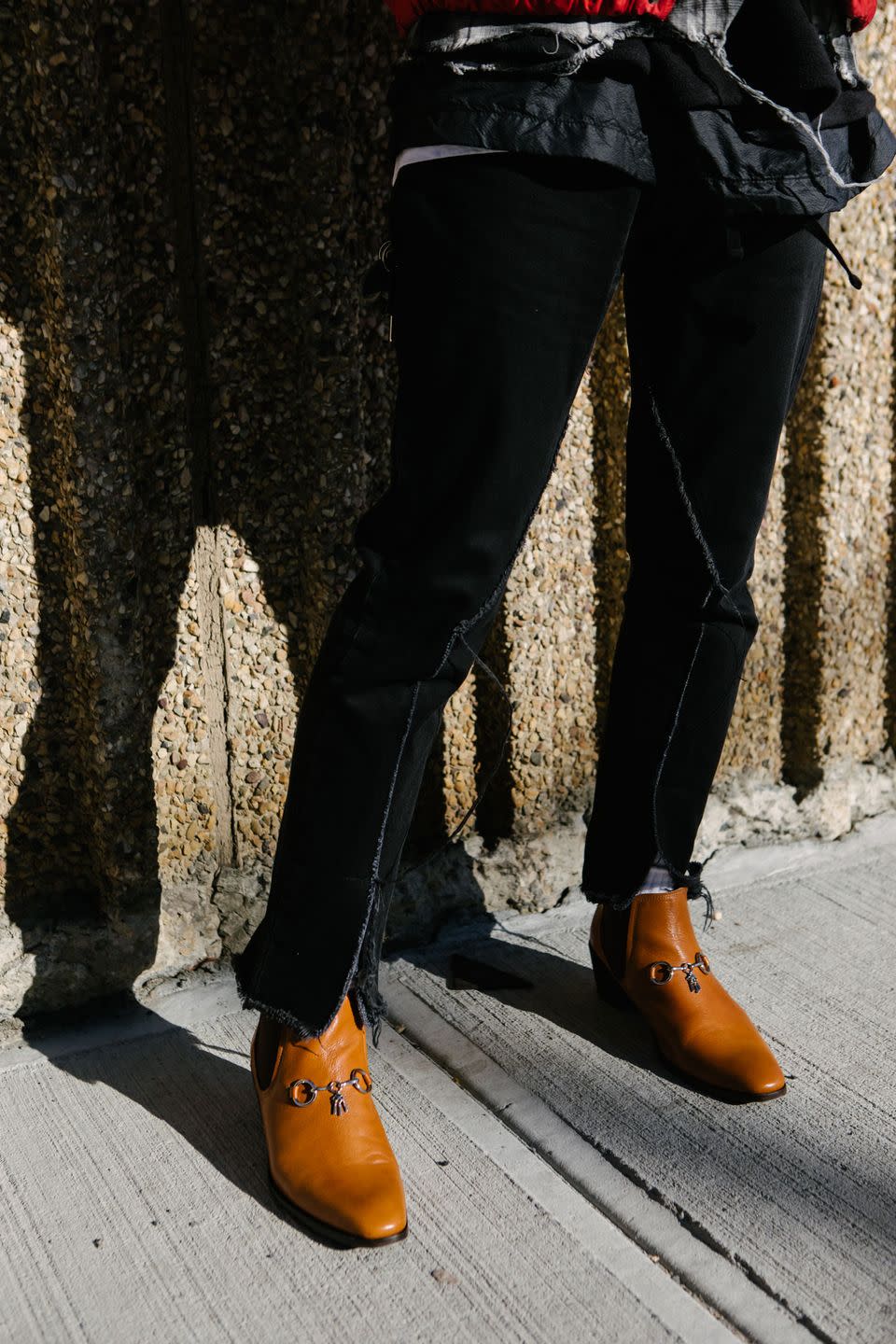
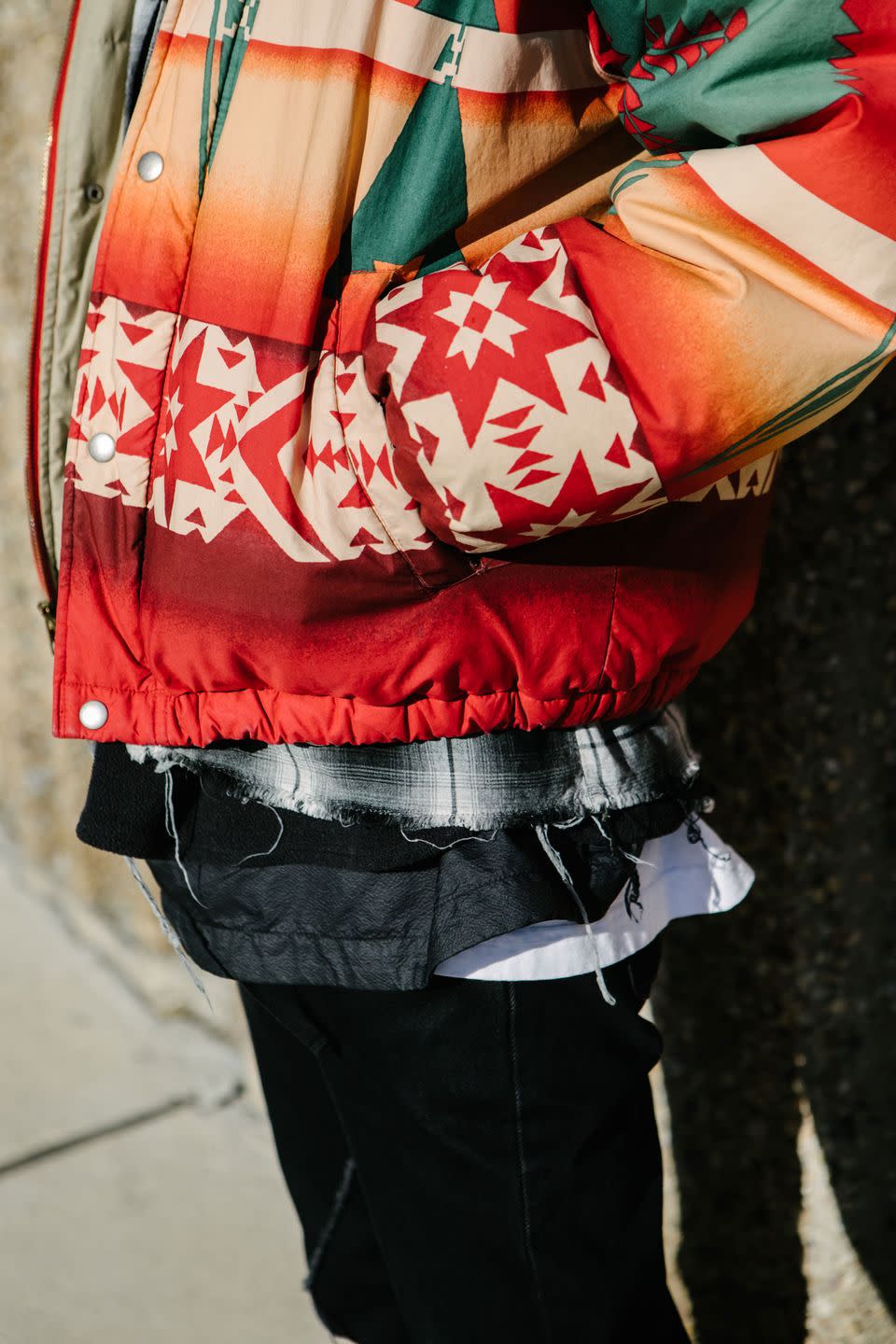
Why did you start working at a denim-specific store like Blue In Green? What keeps you there?
I moved to New York to learn English. When I decided to live here longer, I looked for a fashion company to get a working visa and Blue In Green supported me as a sponsor, since I’m Japanese, I already had years of experience in the fashion industry, and they carried a lot of Japanese labels. I figured I could help them. That’s how it started.
Many stores come and go in New York City, and a lot of retailers in general are currently riding workwear and Americana’s revived trendiness. How does a store maintain its longevity when so many others are shutting down? What keeps Blue In Green relevant?
Blue In Green is not only about heritage style. You can also find fashion-oriented brands that appreciate craftsmanship and unique pieces when you come in the store. We have been trying to be the store that connects and mixes heritage and fashion. I think that has worked well in terms of keeping people excited, and I will be focusing on it more as a buyer in the future. Blue In Green has so much potential.
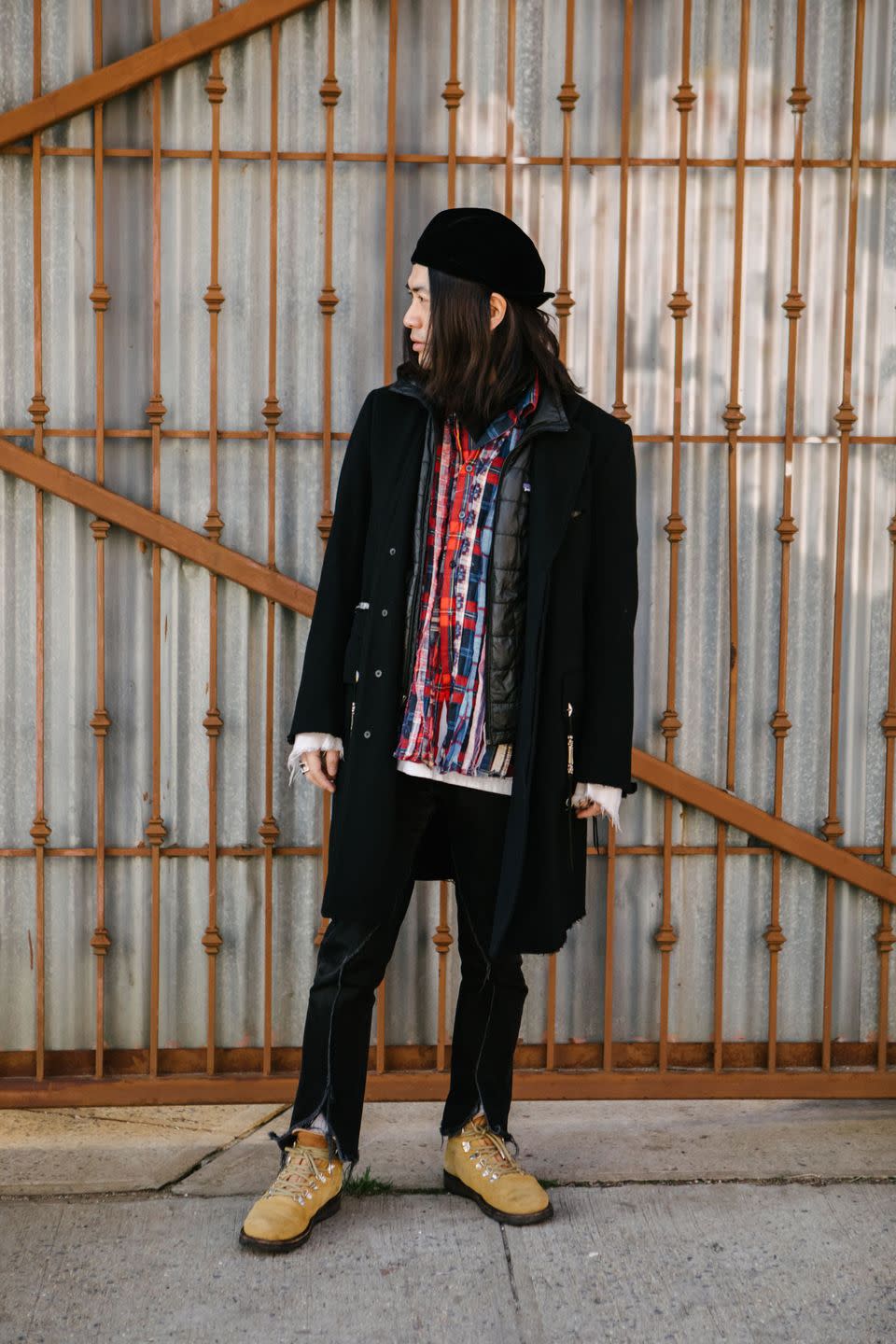
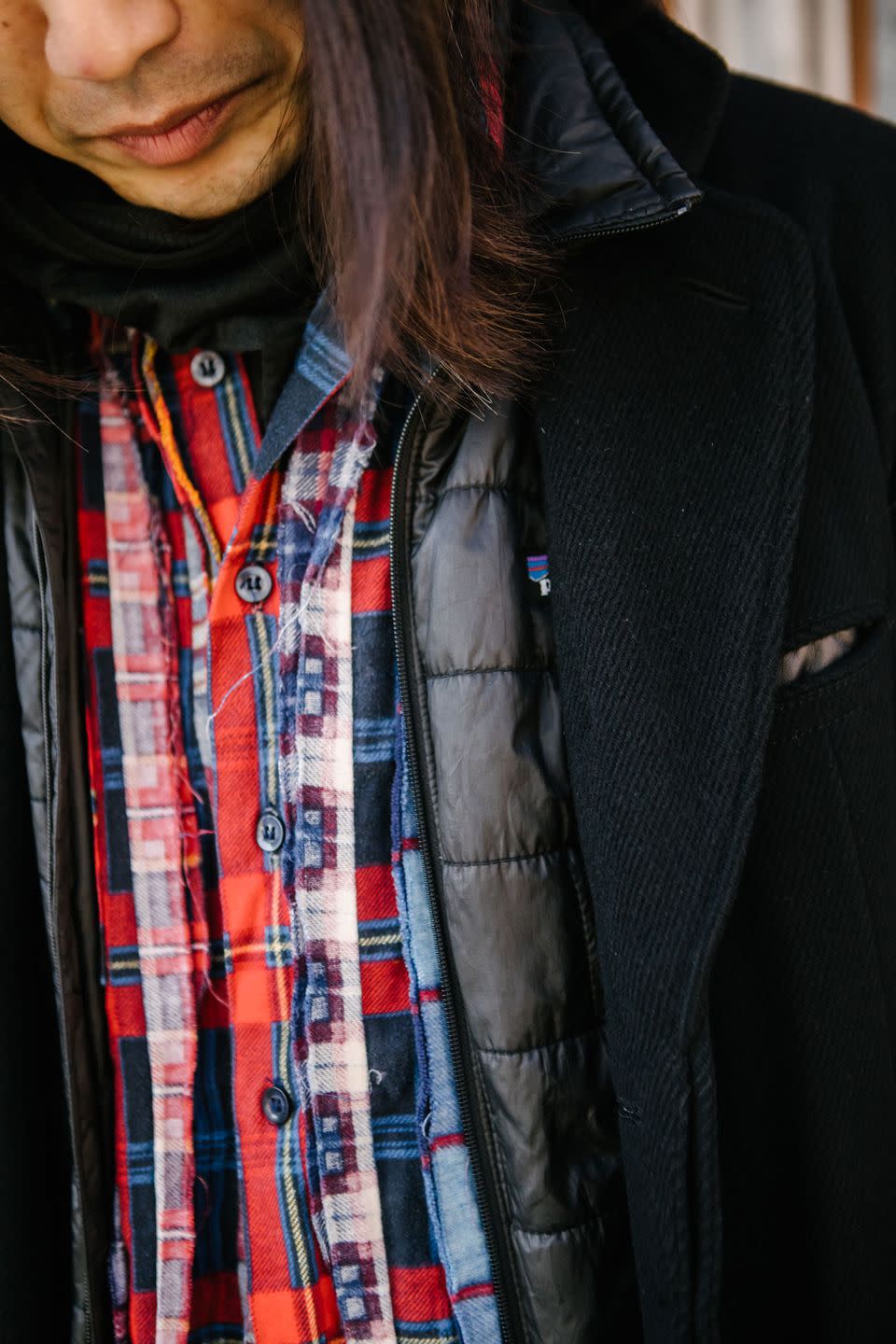
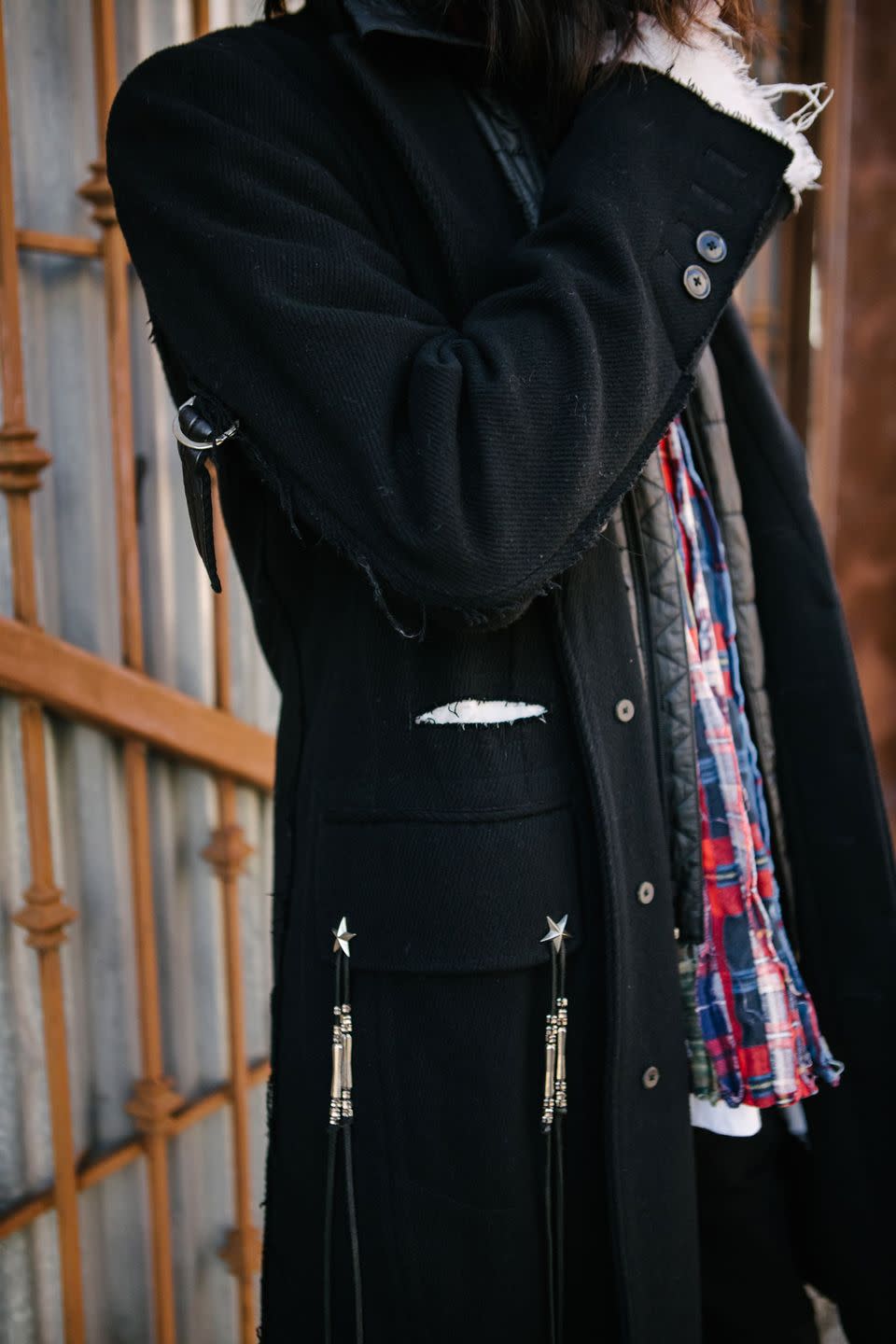
Do you have a personal favorite brand, or a couple of favorites? If so, what makes them favorites?
That’s an easy question. My favorite brand is definitely The Soloist. The designer, Miyashita-san, is a real artist. In most cases, he is the first designer who makes new styles, and many brands and companies follow his brand. It’s very common now to see “rebuilt” clothing, but Miyashita-san was doing that already 20-plus years ago. I used to work for Number (N)ine in Tokyo; I learned a lot about fashion then. But even now I still learn a lot from him, through his work and conversations with him. I still remember when I put one of his jackets on for the first time when I started working at Number (N)ine. I was so impressed and felt so happy to wear it. I feel the same every time I wear his clothes. His art makes people happy. We need this kind of clothing now.
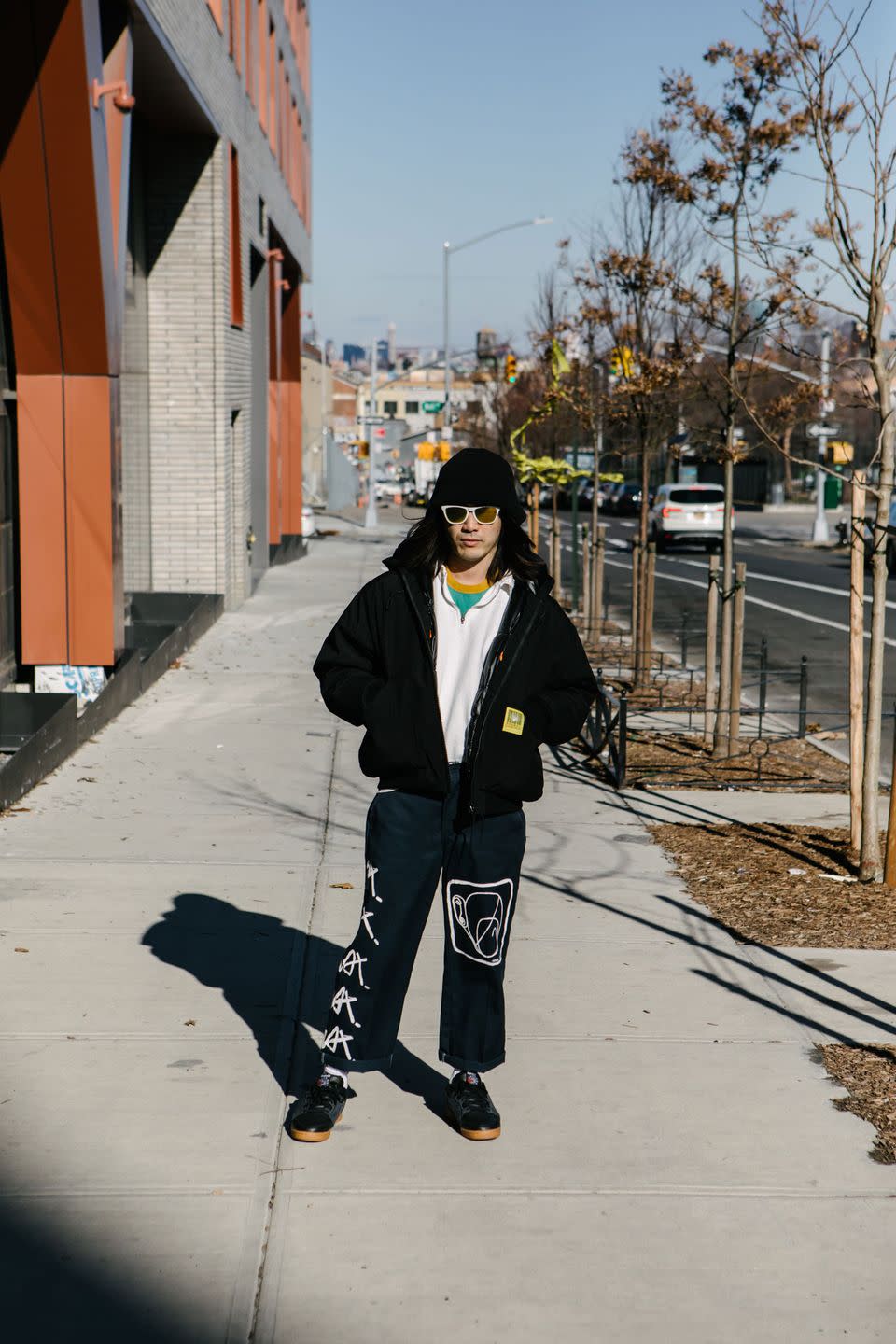
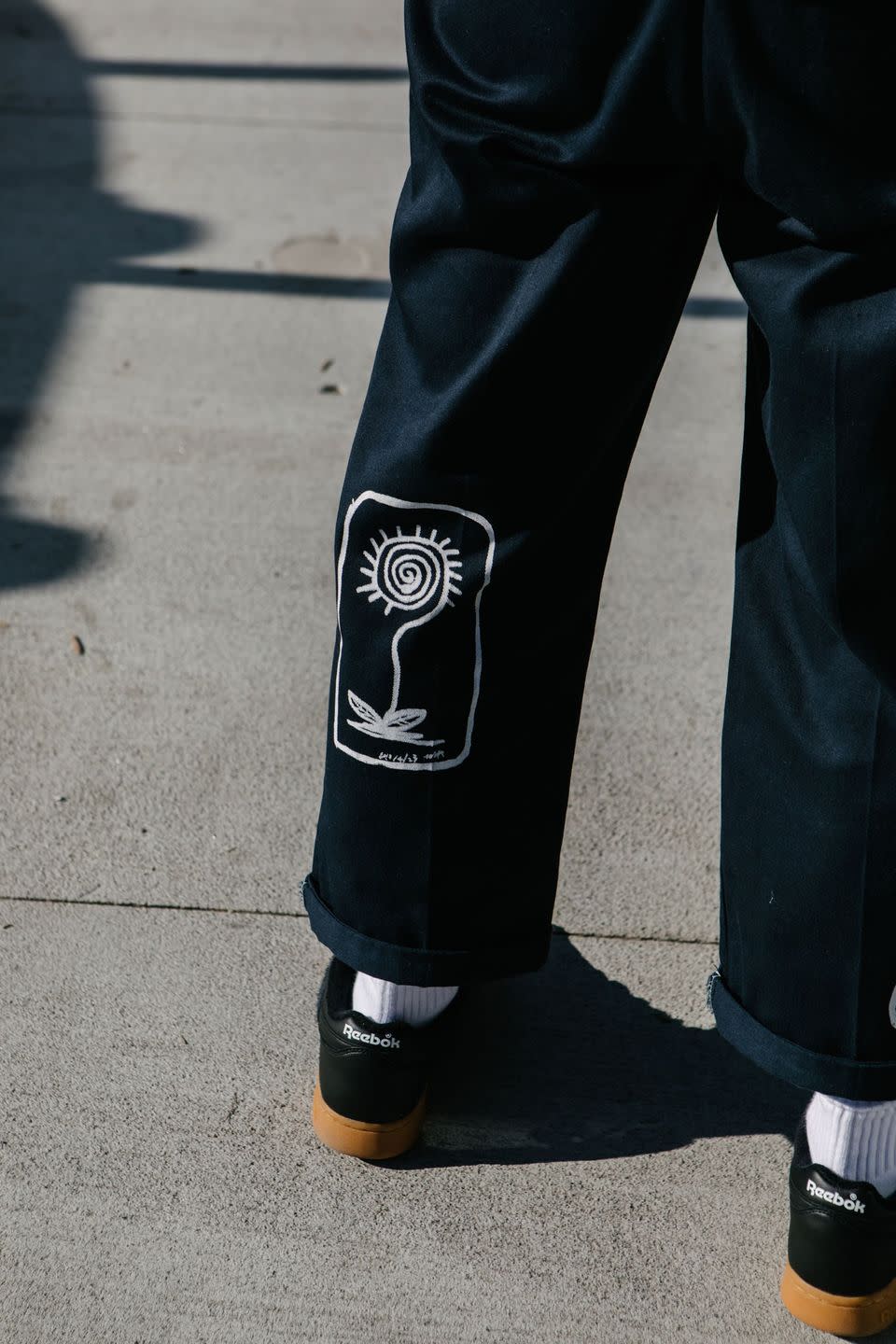

What is the last clothing item you purchased, and do you have your eyes set on any future pieces?
The last item I purchased was my friend Tone’s optical lanyard and key chain. I have so many products from him. He is very talented. I’ll get some S2W8 items. They have been great the last few collections—it’s getting better and better. Blue In Green will carry them for spring/summer 2020. I’m very excited. I also just saw the new autumn/winter 2020 The Soloist collection in Paris, and I placed a personal order for an insulated coat. I can’t wait, though it won’t come in until the autumn.
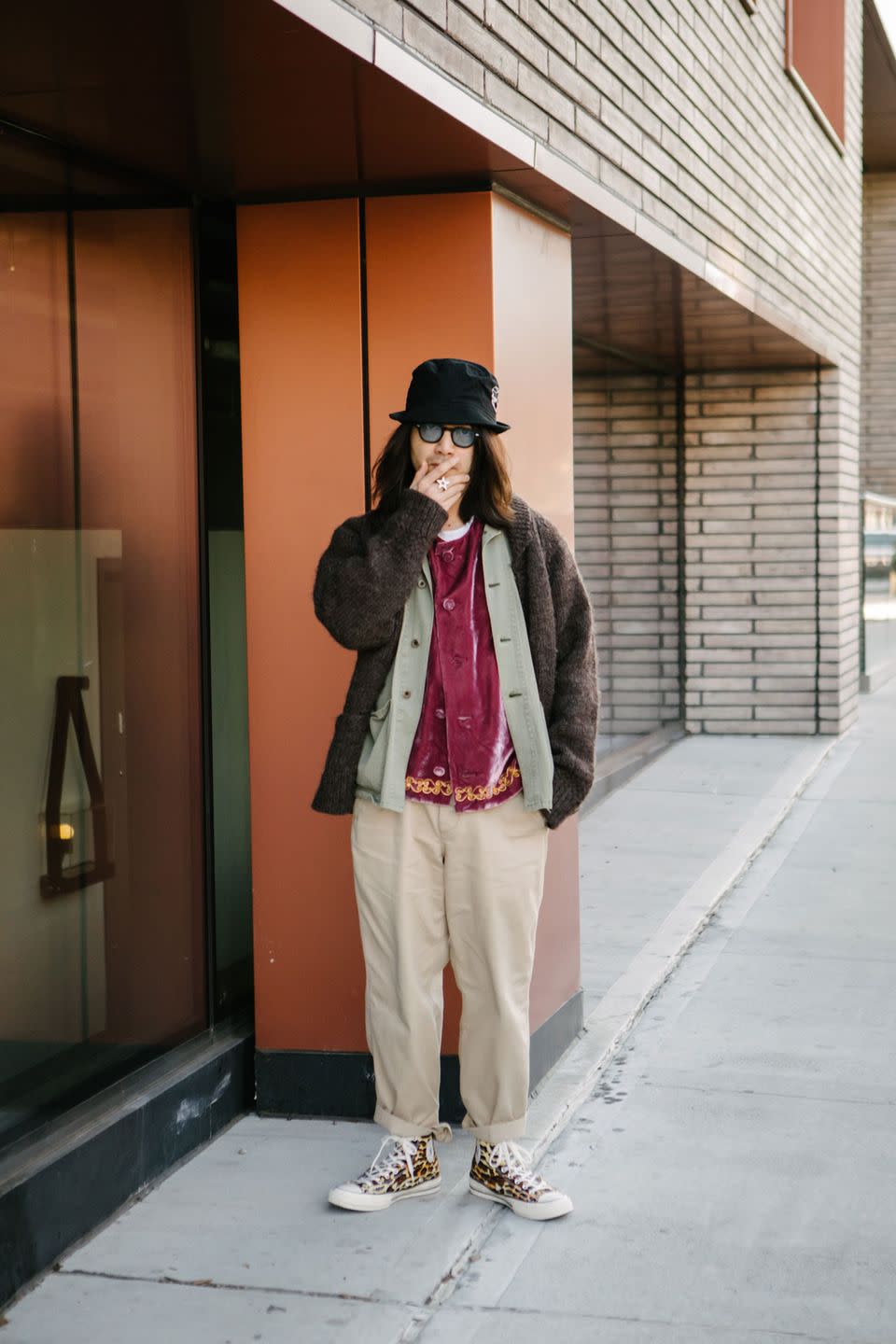
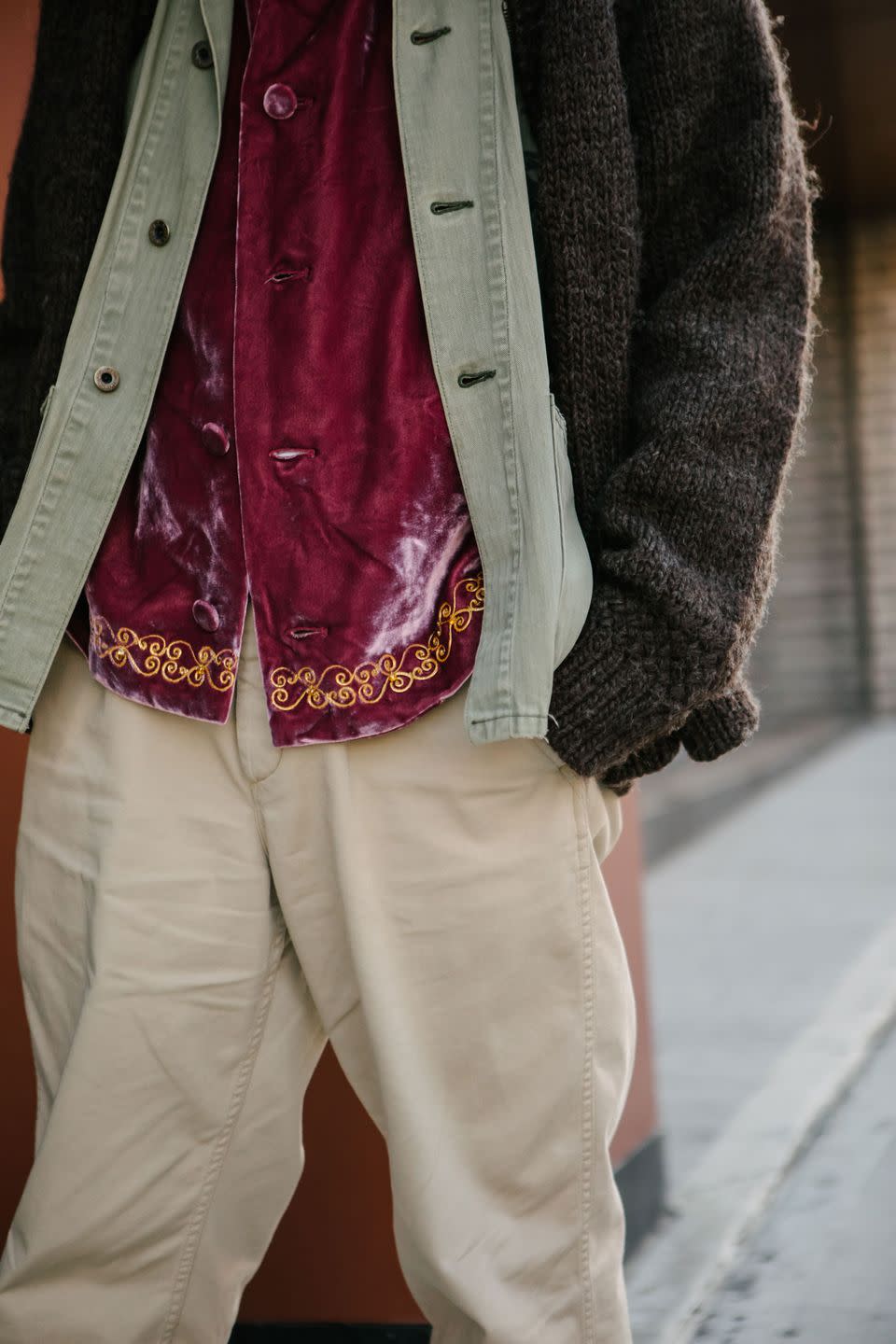
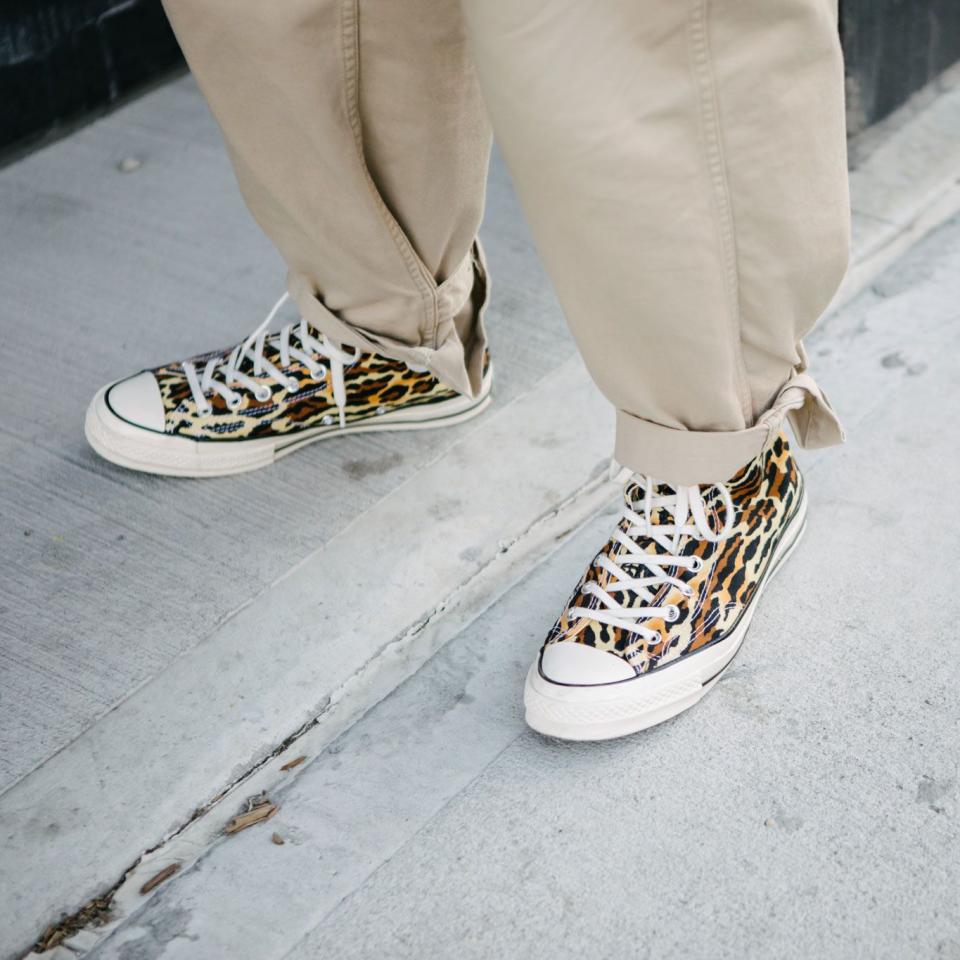
What does it take to get a customer excited about a new product or label?
Our products have stories behind the design—quality, themes, etc. It’s easy for us to make customers excited.
Where are the last three places you travelled to? Were there any can’t-miss spots you’d recommend?
In Paris, you should check out the restaurant Paperboy and Ofr, a book store. In Tokyo, I liked the theme and presentation of Beams Japan. My favorite Yakitori place is Tokoshima. The best yakitori! And in Okayama, the Kapital store was amazing.
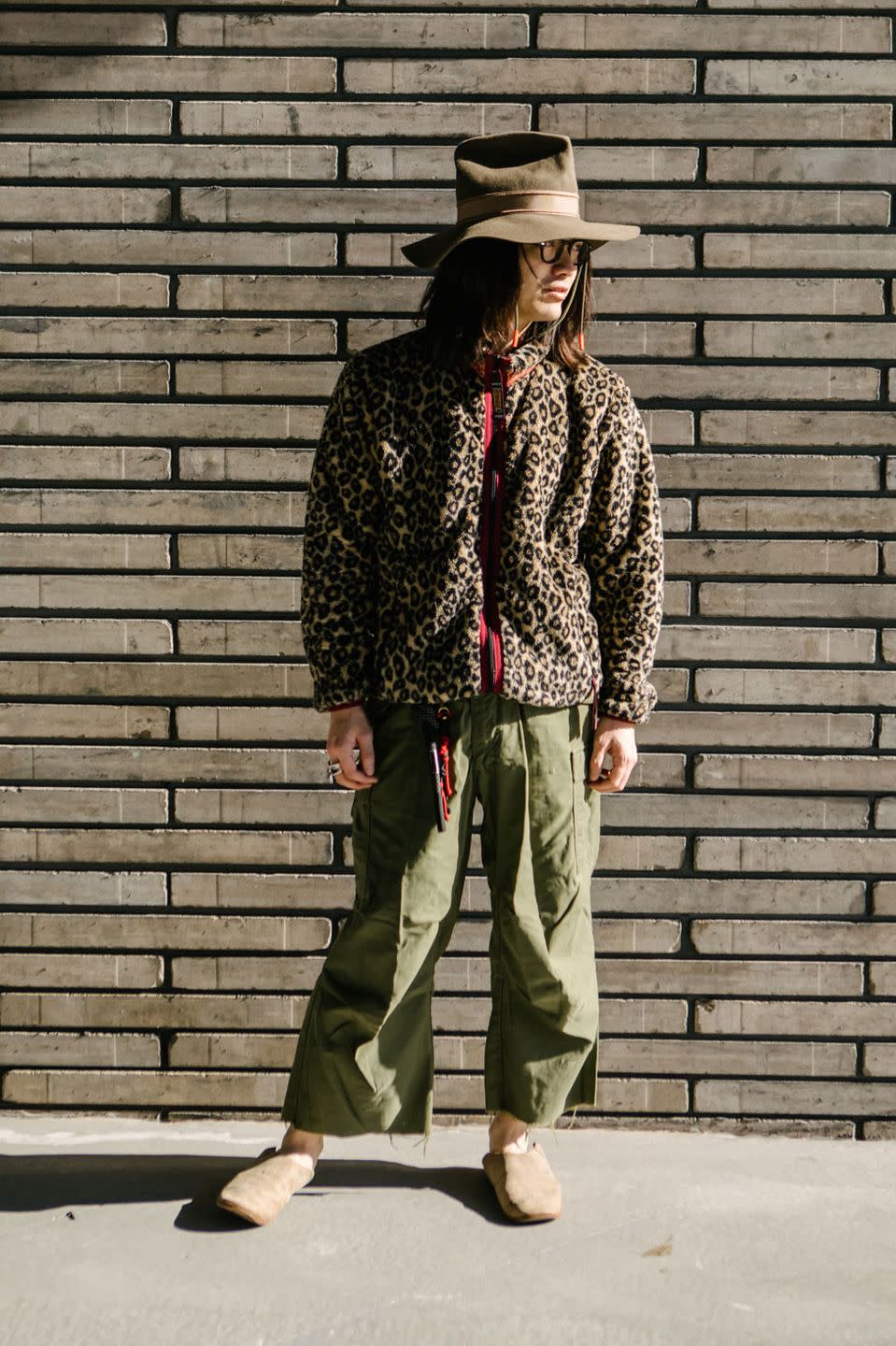


What advice do you have for someone buying denim to find their perfect fit? What are some things to look for to tell a pair of jeans are well made? And, to round things out, how do you recommend washing denim?
Of course you have to try jeans on in order to find the perfect fit, but I’d say that if you feel comfortable and the jeans fit your lifestyle, they are your perfect jeans. For me, when you talk about what’s well-made, it’s not about durability. When you touch [a good pair of jeans,] you feel the craftsman’s soul in the stitching, fabric, and rivets. You can’t get that from mass production jeans.
There are no rules of how to take care of jeans, but I normally machine wash my jeans with detergent and hang dry once every one to two months because I prefer my jeans to fade with less contrast. But if you want high contrast fading like vintage jeans, you’d soak in the bathtub and hang dry once every three months, if you wear them every day.
You Might Also Like


